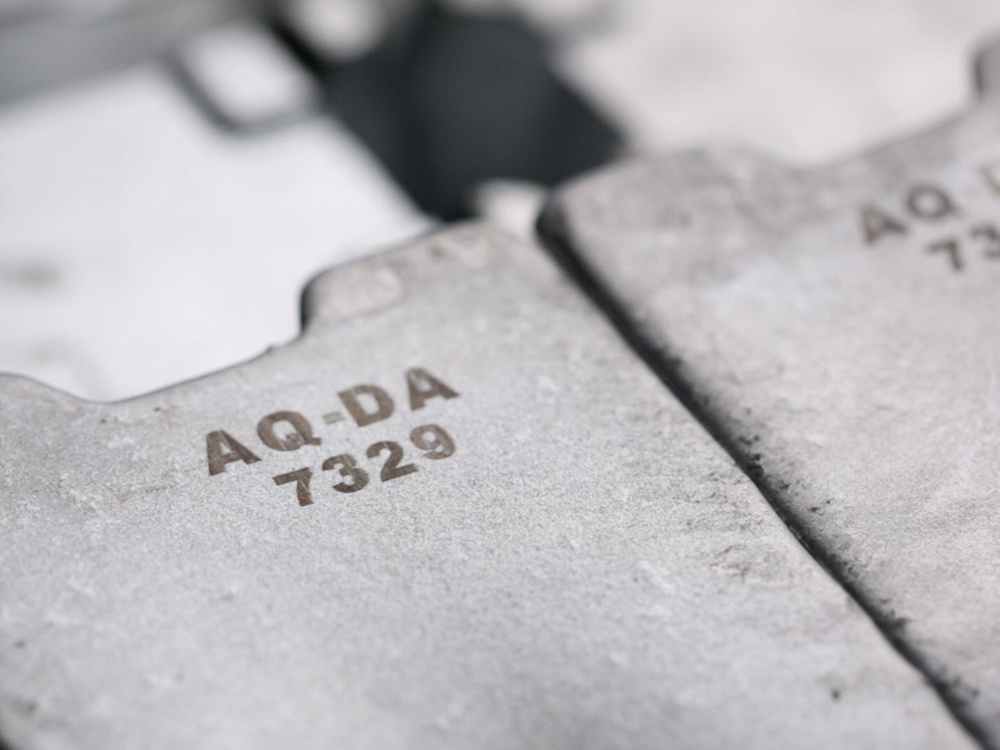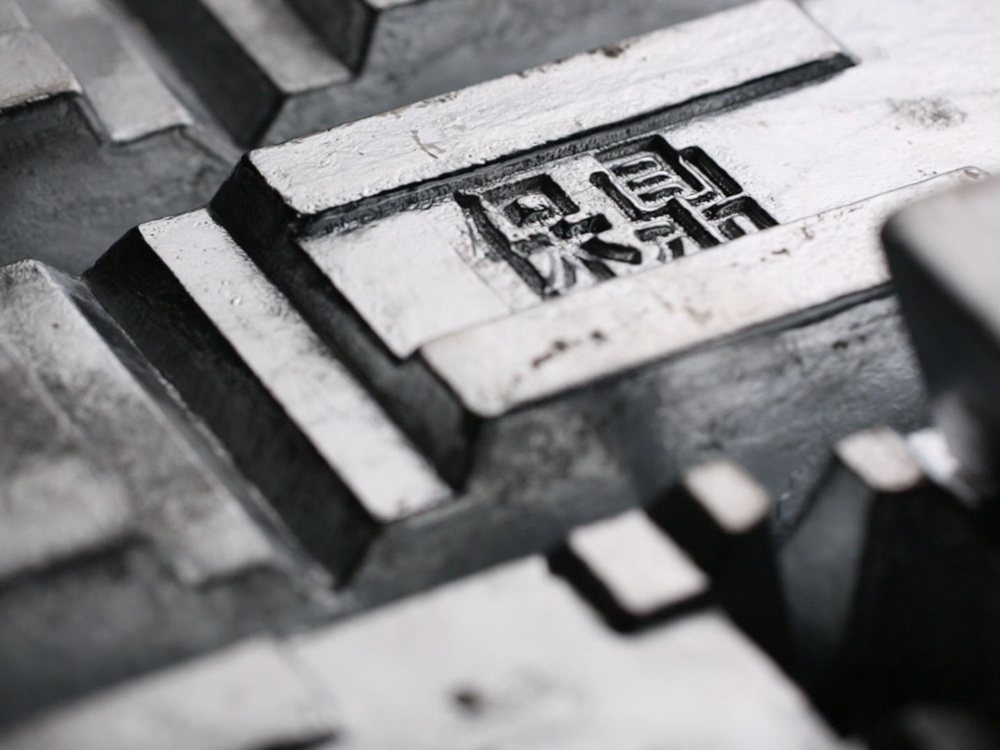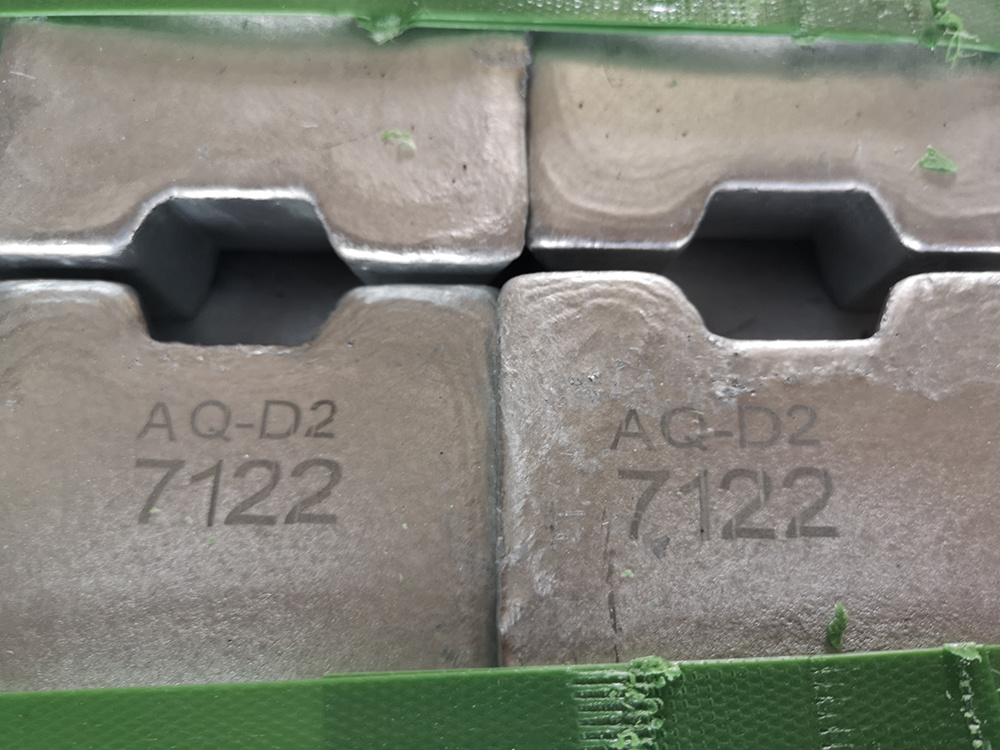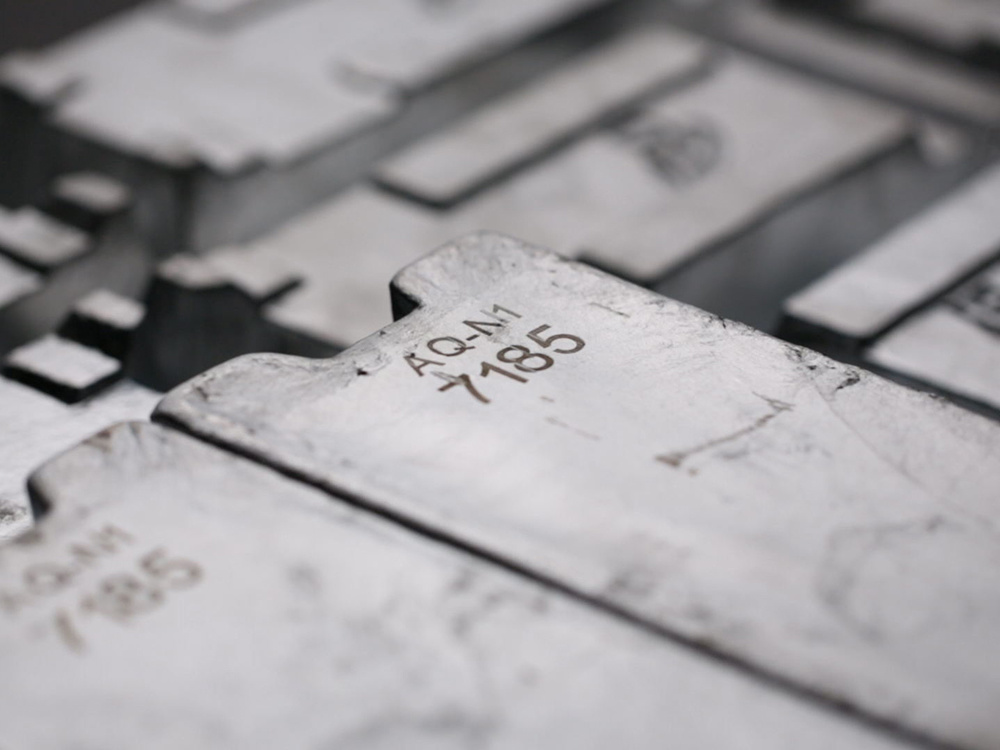Product

Hot-dip galvanized zinc nickel alloy
- Commodity name: Hot-dip galvanized zinc nickel alloy
- Commodity ID: 1061237901695475712
Key words:
Hot-dip galvanized zinc nickel alloy
Advantages of use
① The galvanizing equipment and process do not require any changes.
② The degree of homogenization of the alloy is high, and the fluidity of the zinc liquid is improved after adding the alloy.
③ The coating is smooth and bright, with few burrs and nodules. The coating is appropriately thinned, and has good adhesion to the steel base, reducing the color difference of the coating.
④ The coating quality of active steel (i.e. high silicon and high manganese steel) has been greatly improved, reducing zinc consumption.
⑤ Uniformly improve the corrosion resistance of the coating, improve the impact resistance of the coating, enhance the surface steeliness, and increase the service life of the workpiece.
Usage method
① The galvanizing temperature is 430 ℃~460 ℃, and the nickel content in the zinc liquid is 0.04% -0.06%. It is recommended to galvanizing at 435 ℃ and control the nickel content in the zinc liquid at around 0.05%. When adding alloys, use a hanging basket to load the zinc nickel alloy and immerse it in the zinc liquid (as close as possible to the surface of the zinc liquid), slowly moving along the length of the zinc pot to ensure that the alloy is evenly melted into the zinc liquid.
② Before converting conventional zinc liquid into zinc alloy liquid in a zinc pot, the zinc slag should be salvaged and left to stand for 6-8 hours. Then add an alloy with a molten zinc content of 3% -6% (taking Zn -1% Ni as an example, with different proportions added in different formulas). After converting the zinc liquid into alloy liquid, add zinc nickel alloy at a rate of 3% -6% of the zinc addition amount each time. Pay attention to regularly testing the nickel content in the zinc liquid twice a week.
Note
① If the addition of zinc nickel alloy is uneven, small zinc nickel alloy particles may appear on the surface of the plated piece. When this phenomenon is found, the addition of zinc nickel alloy can be suspended until the small zinc nickel alloy particles are fully dissolved before adding;
② For workpieces that are prone to gray and matte coating (such as 16Mn steel), a lower galvanizing temperature (435C) can be used to minimize the time between galvanizing and water cooling, and the nickel content in the zinc bath can be appropriately increased;
③ Attention should be paid to controlling the iron content in the plating aid to ensure the plating pressure and reduce zinc slag.





